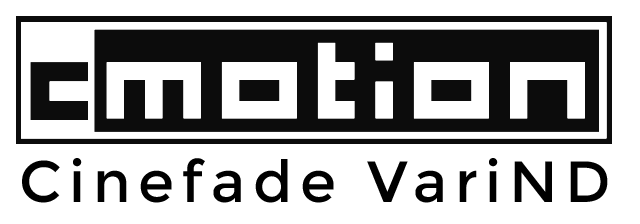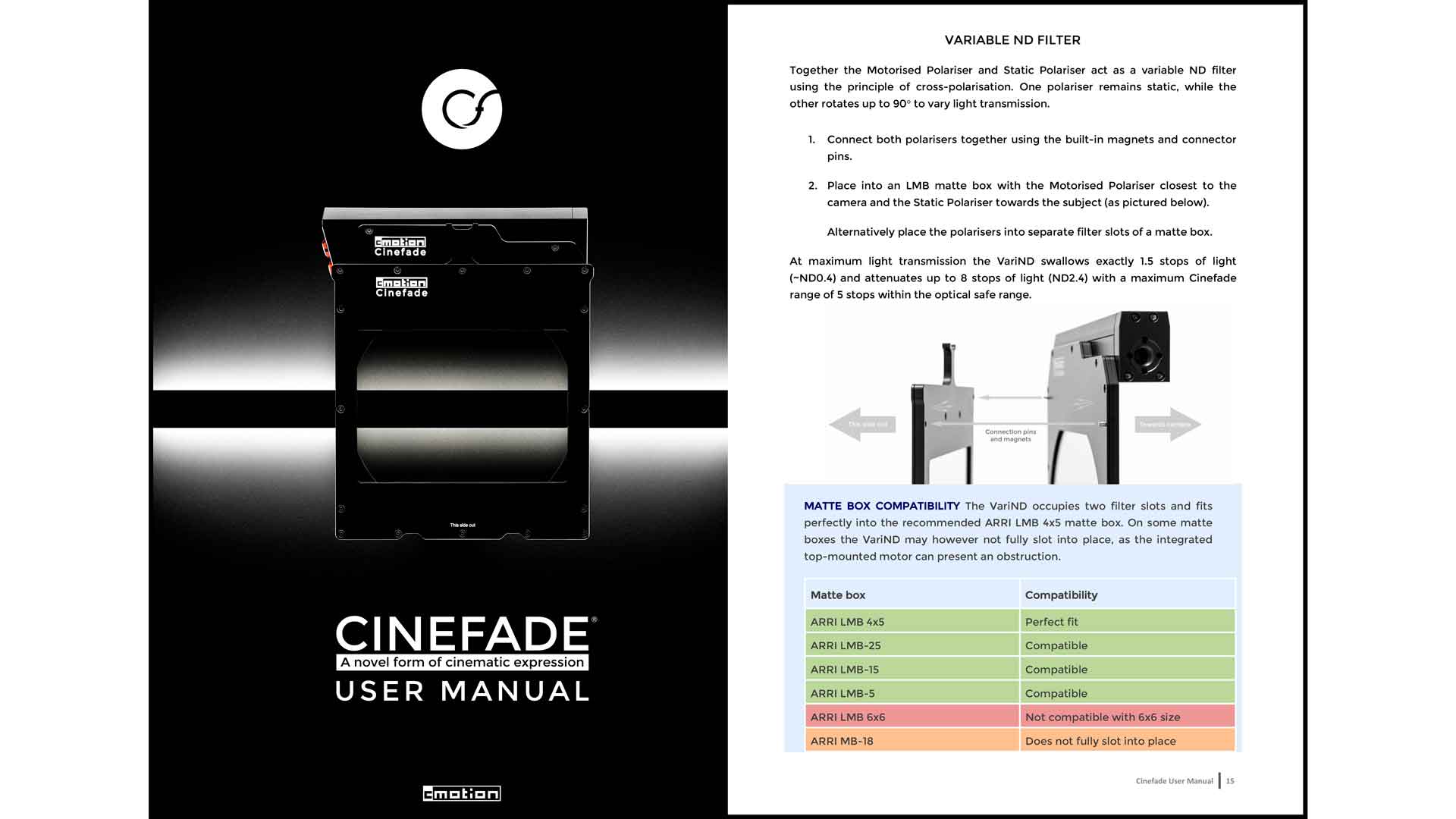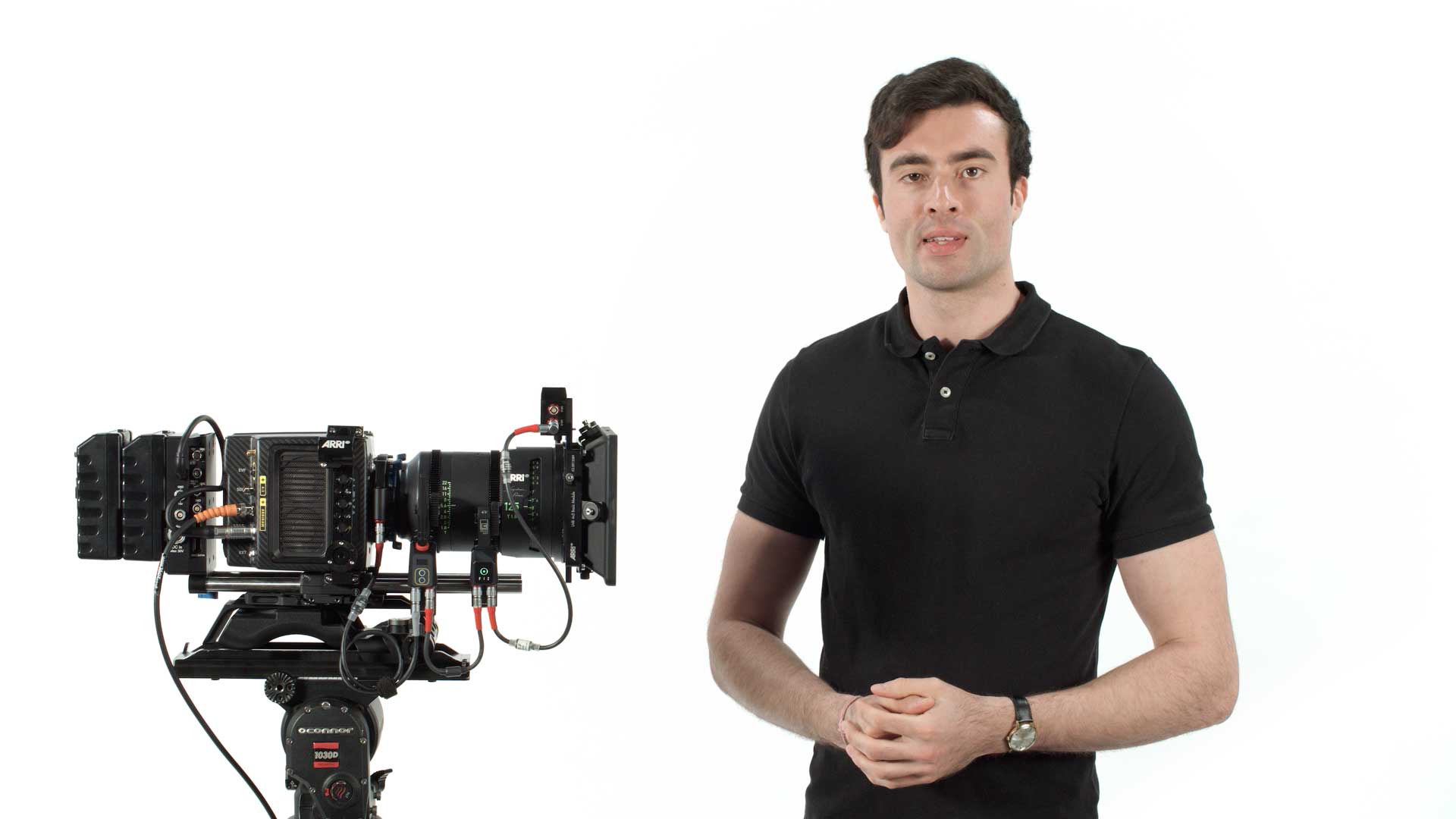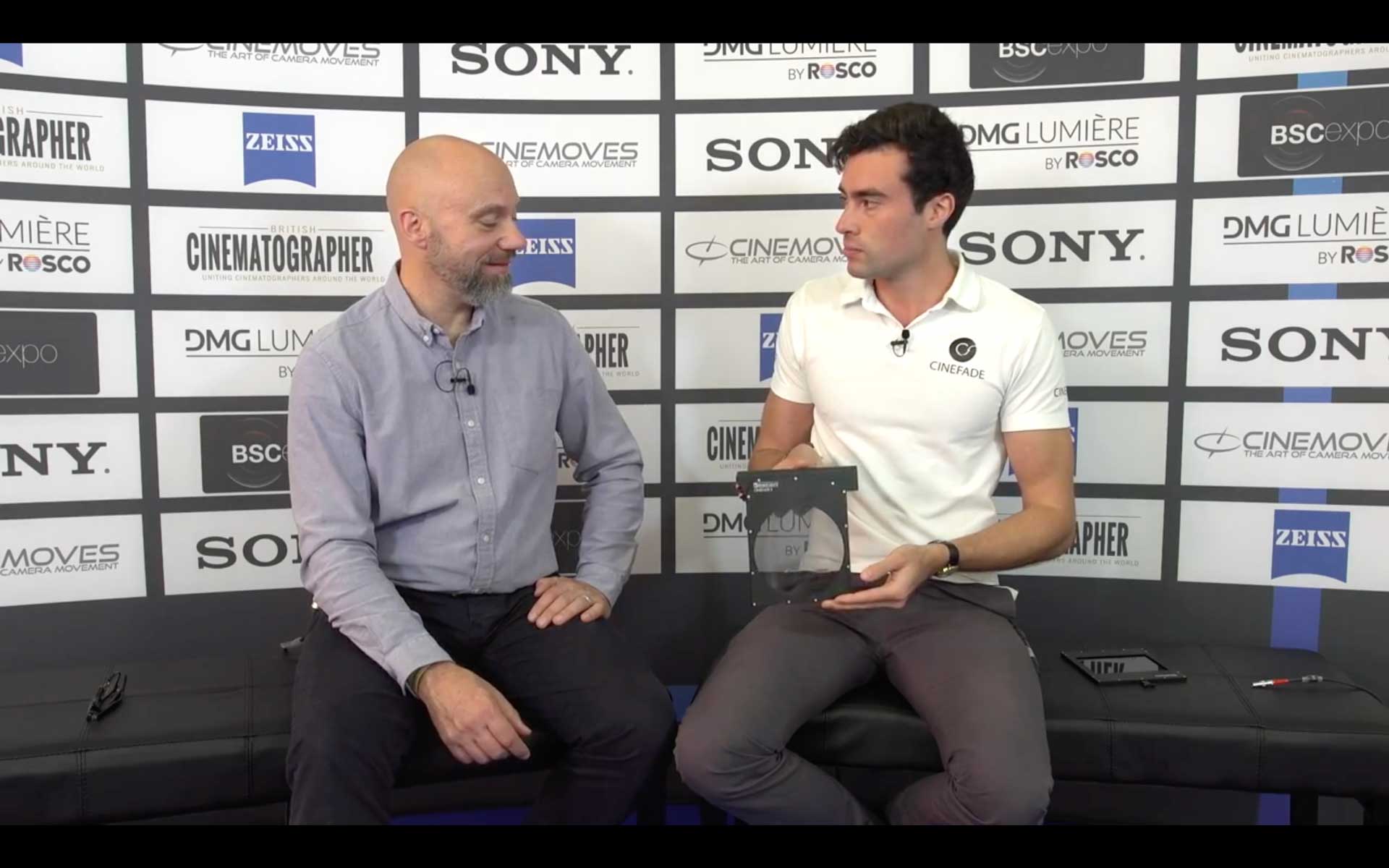Shooting on Sony Venice Cameras at 6K 17:9 with the new large format Leitz Prime lenses, the Cinefade enables Director of Photography Balazs Bolygo BSC, HSC to transition from a very shallow depth of field at T1.8 to a deep depth of field at around T8, a Cinefade of more than 4 stops. In the end, two distinct scenes made it into the final cut…
Read MoreCinematographer Shane Hurlbut ASC gives us a behind the scenes look of his newest feature film Tall Girl 2, available to stream on Netflix now. We analyse the Cinefade scenes and get a brief insight into Hurlbut's creative process of using our novel storytelling tool.
Read MoreListen to a short extract of the More Like This podcast from Netflix Queue in which cinematographer Erik Messerschmidt ASC discusses his and David Fincher's thought process behind using the Cinefade as a storytelling tool.
Read More“We used this tool called the cmotion Cinefade. It’s a motorized variable ND filter that you sync to the iris so we could effectively pull depth of field. It’s quite extreme. You could pull five stops of depth of field. So we could go from a T8 to a 2. That thing kind of lived on the camera. There were times where we’d say, “It’s too much. Let’s look at it at a 5.6.” So you set the iris to a 5.6, the VariND compensates and now you’re looking at the same scene but with less depth of field. So, it was nice to be able to use focus and iris as a storytelling tool instead of just an exposure tool.” - Erik Messerschmidt ASC
Read More























